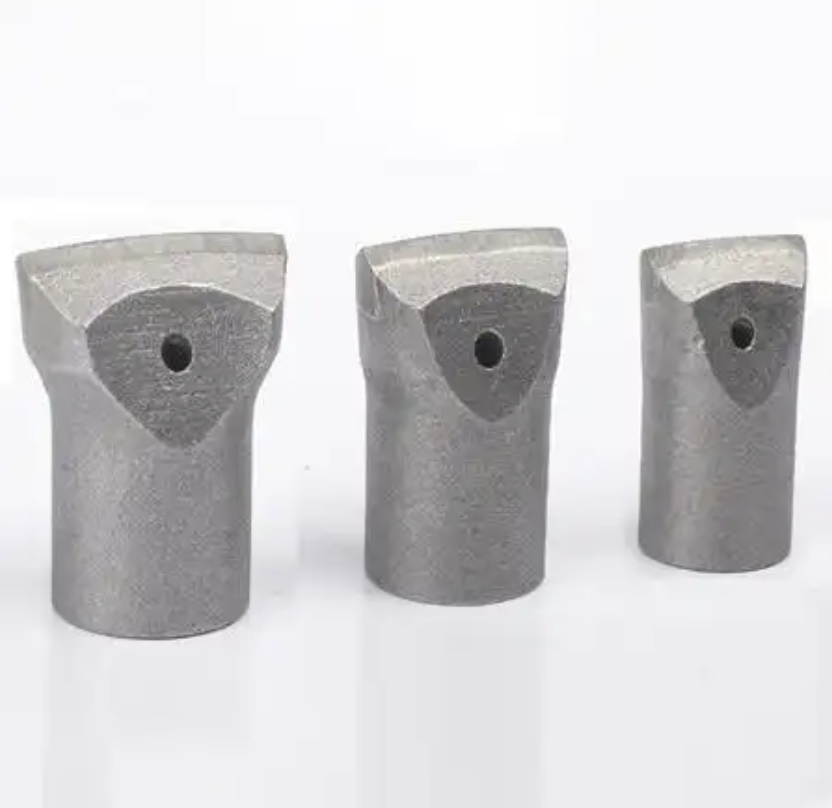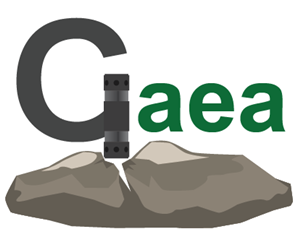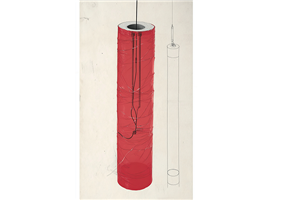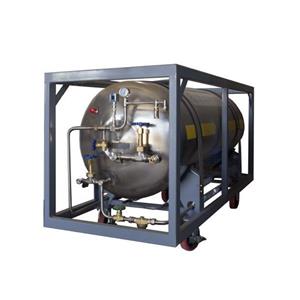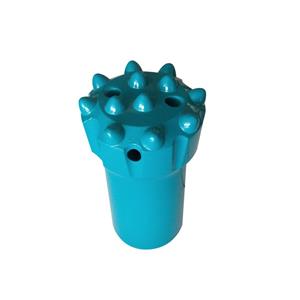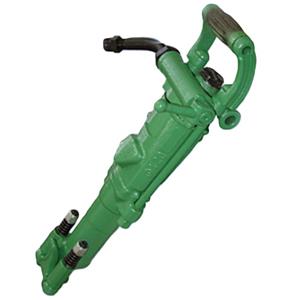Cost control and life-extension of rock drilling tools
In all types of drilling works, rock drilling tools are high-frequency consumables. Over long projects their consumption accumulates, and their cost can account for up to half of total drilling expenditure. This shows that managing tool cost and service life is not a minor matter but a core issue determining project profitability.
To achieve the goal of maximizing output at minimum cost, tool management must be emphasized. Through continuous learning of professional knowledge and summarizing field experience, usage and control strategies should be constantly optimized — this is the necessary path to cost reduction and efficiency improvement in drilling works.
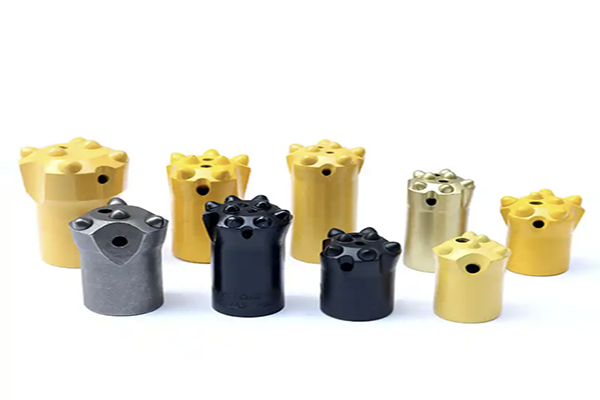
Two core factors that determine tool life Tool life is not determined by a single factor but by the combined influence of product quality and usage method — both are indispensable:
Product-quality foundation: high-quality tools are the prerequisite for longer life; material and manufacturing quality directly determine wear resistance.
Standardized use is key: even the best tools will wear quickly without correct operation. As the proverb goes, "a fine horse needs a fine saddle" — skilled, experienced operators who control operational details precisely can greatly reduce unnecessary tool wear and let equipment performance be fully realized, cutting consumable costs at the source.
Six common causes of tool damage (with directions for mitigation) From field practice, tool damage mainly stems from the following six problems. Identifying the cause allows targeted avoidance:
(1) Poor concentricity of the tool assembly
Symptom: the shank adapter, coupling sleeve and drill rod are not concentric, causing bending and deformation of the assembly and generating additional stress.
Chain effect: stress damages mating precision at connection interfaces, leading to loosening and latent faults.
Mitigation: check concentricity of components before assembly and ensure no misalignment after installation.
(2) Mismatched feed (advance) pressure Both too low and too high feed pressure cause wear:
Low feed pressure: lowers penetration rate and often produces a "clacking" noise at connections. This causes energy transfer losses, heating of tools, abnormal thread wear and even erosion pits in severe cases. Remedy: adjust feed pressure to the equipment-recommended range to avoid underfeeding.
High feed pressure: reduces bit rotation speed and significantly increases the risk of jamming. It raises bending stress in drill rods and accelerates tool breakage or deformation. Remedy: monitor feed pressure in real time to prevent overpressure operation.
(3) Improper impact (hammer) pressure adjustment
Core effect: impact pressure directly affects rotation speed and drilling efficiency; improper setting destabilizes the system, reduces progress and dramatically shortens tool life.
Operational recommendation: set impact pressure precisely according to rock hardness and bit type, following the equipment manual.
(4) Poor matching of rotation speed
Matching principle: rotation speed must match bit diameter and hammer frequency — the larger the bit, the lower the required rotation speed.
Risk: excessive rotation speed directly wears the bit's edge cutters, causing premature bit failure.
Adjustment: when changing bits, adjust rotation speed accordingly to ensure parameter compatibility.
(5) Inaccurate control of rotary (torque/rotational) pressure
Dual role: correct rotary pressure both prevents bit jamming and helps maintain stable rotational speed.
Hazard of inaccuracy: insufficient rotary pressure leads to loose connections in the tool string, causing heat at joints, thread stripping, early wear and even breakage.
Control focus: monitor rotary pressure during operations and keep it within standard ranges.
(6) Nonstandard operating practices Common incorrect operations:
Mixing new and worn tools: worn tools have reduced performance and will accelerate wear on new tools when paired together.
Improper rod make-up: misalignment, thread contamination by mud/sand, or lack of thread lubrication all increase joint wear.
"Dry striking" (operating the hammer with the bit not in contact with rock): this is among the most damaging actions and will directly deform or break tools.
Standards: segregate new and used tools, clean and lubricate threads before making up rods, and strictly prohibit dry striking.
Drilling is a complex systems engineering task, and tool management is a critical link that no single party can handle alone:
Need for collaboration: material suppliers (provide quality tools), manufacturers (optimize product processes) and field operators (standardize use) must coordinate to form a unified effort — lone approaches are unrealistic.
Industry logic: peers need competition to stimulate quality and (drive progress), but also cooperation to pool resources and overcome technical bottlenecks. Only by uniting all available forces can the industry advance as a whole.
Core breakthrough point: the biggest barrier to industry progress is conservatism and backward practices. To break through, the industry must "overcome the old self" — proactively learn new technologies, explore new methods, and use innovative thinking to continuously optimize tool management and drilling technology.
